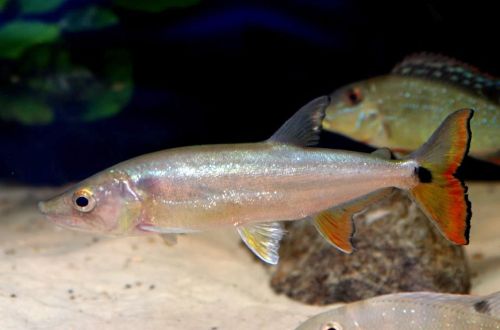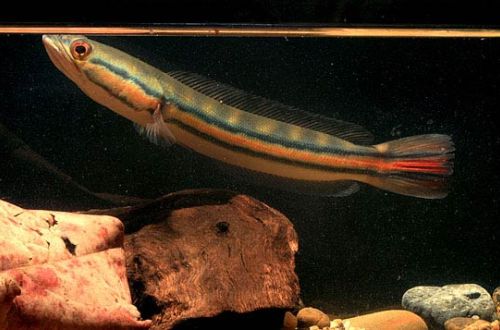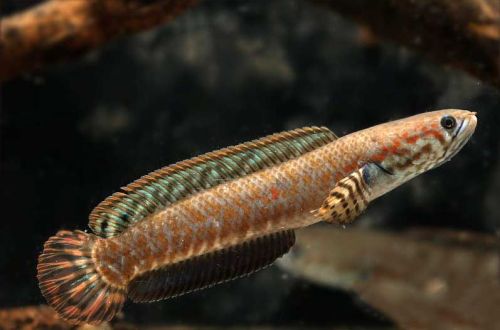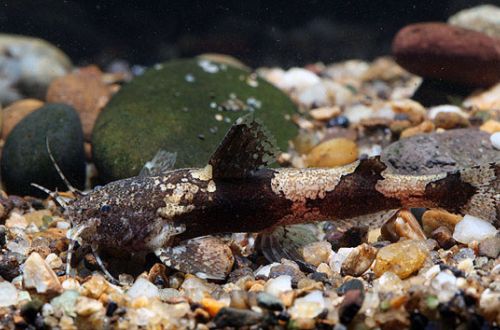
red-tailed barracuda
The red-tailed barracuda, scientific name Acestrorhynchus altus, belongs to the Acestrorhynchidae family. Characteristic features in appearance (a streamlined, swift body and a full mouth of teeth) betray a predator. The formidable river hunter looks spectacular in a species aquarium and will appeal to lovers of such exoticism. For beginner aquarists, this is not a suitable species, since it requires special attention, experience and not small financial investments.

Habitat
The habitat extends throughout the tropical belt of South America, capturing such large river basins as the Amazon and Orinoco. Prefers clear waters with moderate currents, often found in groups. It feeds exclusively on live fish, and quite large ones, reaching half the length of the hunter himself.
Description
The slender, elongated body resembles a pike in its forms. The large mouth is filled with numerous sharp teeth, which are clearly visible in the open mouth. The coloration is silvery or with a golden sheen, lighter on the belly. The fins are transparent, sometimes becoming orange, the tail is bright, red with a large black spot at the base.
Food
A carnivorous species, it feeds exclusively on live fish, pieces of meat or dead prey will not arouse interest in this predator. It is recommended to install an additional tank where small and prolific fish, such as live-bearing species, will be stored so that food is always at hand.
Maintenance and care
Like any large carnivorous species, the Red-tailed Barracuda produces a lot of waste, so take care of good filtration. It is recommended to use high-performance filters, which, among other things, will ensure the movement of water necessary for the fish. Regular renewal of water by 30-50% every two weeks is no less important than installing a good filter. Other necessary equipment: aerator, heater, lighting system.
In decoration, use strong root plants planted along the walls of the aquarium. The central part should be left free for swimming. Any soil, the presence of shelters is welcome, they can be both natural (driftwood, roots, piles of stones) and artificial (castles, sunken ships, etc.), in height should reach half the height of the tank.
Social behavior
In nature, they often live in small flocks; in home aquariums, when kept alone, they become shy, quickly panic at loud sounds. The best option is a few individuals (3-4) in the company of other fish of a similar or slightly larger size. The Red-tailed Barracuda is not aggressive and will not attack its neighbors, which it does not consider dinner.
Breeding / breeding
Currently, all fish presented in retail chains are caught in the wild and do not breed in captivity.
Diseases
In most cases, the fish enters the home aquarium from a specialty store and not from the river, so they are already adapted to confined spaces and not typical food. As a rule, fish do not have health problems. Read more about symptoms and treatments in the Aquarium Fish Diseases section.





